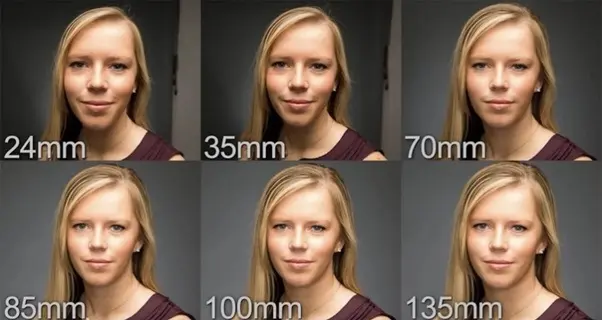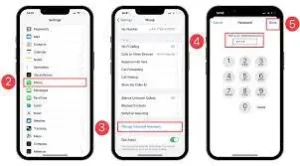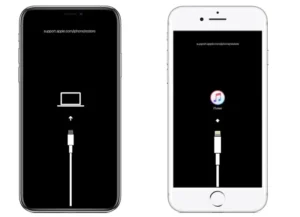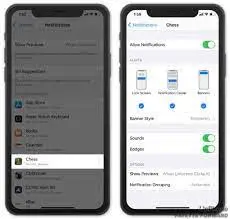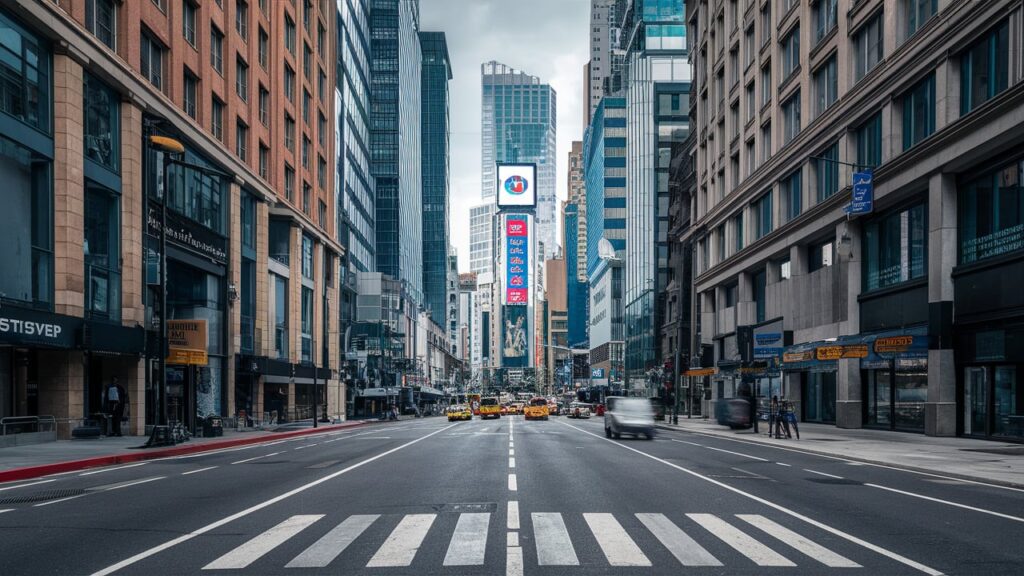Have you ever noticed that your face looks crooked when you take a selfie with your iPhone camera? It can be frustrating and leave you questioning your own appearance.
But rest assured, you are not alone. Many iPhone users have experienced this phenomenon and wondered why it happens.
The science behind camera distortions
The crookedness you see in your face when taking a selfie with your iPhone camera is not a reflection of your actual appearance. It is, in fact, a result of camera distortions that are inherent to many smartphone cameras.
These distortions occur due to the specific lens and software algorithms used in iPhone cameras. The wide-angle lens commonly found in smartphones has a wider field of view than the human eye.
The software algorithms in iPhones are designed to enhance certain features and create a pleasing final image. These algorithms may inadvertently distort facial symmetry, further contributing to the crooked appearance.
3. Factors that contribute to the distortion on iPhone cameras
Understanding the factors that contribute to the distortion on iPhone cameras can help you take better selfies and capture more accurate facial images. Let’s dive into some of the main factors:
a. Wide-angle lens:
As mentioned earlier, the wide-angle lens on iPhone cameras is designed to capture a wider field of view than the human eye. While this is great for capturing landscapes or group photos.
b. Perspective distortion:
The close proximity of your face to the camera lens can also contribute to distortion. When you hold your iPhone too close or at an unflattering angle, it can exaggerate certain features, making your face appear asymmetrical or crooked.
c. Software processing:
The software algorithms in iPhone cameras are designed to enhance photos and create a pleasing final image. However, these algorithms may inadvertently distort facial symmetry. This could be due to the way the software processes the image or applies filters to enhance certain features.
Tips to minimize distortion
a. Adjust your distance:
One effective way to minimize distortion is to maintain a moderate distance between your face and the camera lens. Avoid holding the iPhone too close to your face, as this can exaggerate certain features. Experiment with different distances to find the sweet spot that works best for you.
b. Angle it right:
The angle at which you hold your iPhone can greatly impact how your face appears in photos. Holding it too high or too low can create unflattering distortions. Aim for a neutral angle, positioning the camera at eye level or slightly above.
c. Use the rear camera:
If possible, try using the rear camera instead of the front-facing camera for selfies. The rear camera has a narrower field of view, which reduces the chances of distortion. You can also use a mirror or tripod to frame yourself better.
d. Edit with caution:
While software editing can be tempting, be cautious when applying filters or enhancing features. Excessive editing can further distort your facial symmetry.
Opt for subtle adjustments that enhance natural features rather than completely altering your appearance.
Utilizing editing apps
When using editing apps to correct facial distortions, the key is to use them subtly and sparingly. Excessive editing can result in an unnatural and altered appearance.
Some popular editing apps that you can consider for correcting facial distortions include Facetune, Adobe Lightroom, and Snapseed. These apps provide tools like face slimming, nose reshaping, and skin smoothing that can help you achieve a more balanced and symmetrical look.
While editing apps can be useful, it is important to embrace your natural beauty and not feel the need to drastically alter your appearance. The goal is to enhance your features, not to drastically change them.
Professional help for facial irregularities
If you find that your face consistently appears crooked or distorted in photos taken with your iPhone camera, despite using good photographic techniques and editing apps, you might want to consider seeking professional help.
A professional, such as a dermatologist or plastic surgeon, can provide an expert evaluation of your facial features and offer appropriate guidance.
They may suggest non-invasive treatments, such as injectables or facial exercises, to help correct any imbalances or asymmetry in your face. In more severe cases, surgical options may be recommended.
While professional help may not be necessary for everyone, if you are deeply concerned about the appearance of your face in iPhone camera photos, consulting with a specialist can provide you with personalized solutions and peace of mind.
Remember, it’s important to maintain a healthy perspective and embrace your natural beauty. Your unique features make you who you are, and that is something to celebrate.
Conclusion
It’s important to remember that the distortions and asymmetries you may notice in your iPhone camera photos are not always a reflection of your true appearance.
While seeking professional help may not be necessary for everyone, if you consistently feel self-conscious about the way your face looks in iPhone camera photos, consulting with a specialist can provide you with personalized solutions and peace of mind.
Ultimately, the goal should be to embrace your natural beauty and feel confident and comfortable in your own skin. Remember, your unique features make you who you are, and that is something to celebrate.

